Displaced people living at camps in northeast Syria receive COVID-19 testing and recovery support in the new isolation area.
Like the rest of the world, northeast Syria experienced a new level of fear and uncertainty as the COVID-19 pandemic spread throughout 2020, adding another layer to existing tensions caused by internal displacement and violent conflict. In camps where many displaced people live, vulnerability is further exacerbated by high population density and a lack of resources and dedicated health centers.
Organizations working in one camp collaborated with local authorities to develop an action plan for combatting the virus. Health committees were formed, and COVID-related tasks became a regular part of the workload for every humanitarian worker. This included distributing accurate information and prevention guidelines to all residents through a series of brochures.
Key to mitigating the spread of COVID-19 in the camp was the creation of an isolation area where COVID-positive residents and suspected cases could safely receive testing and recover. With funding from the USAID Supporting IDP Settlements program, Blumont managed coordination of local and international partners for this effort.
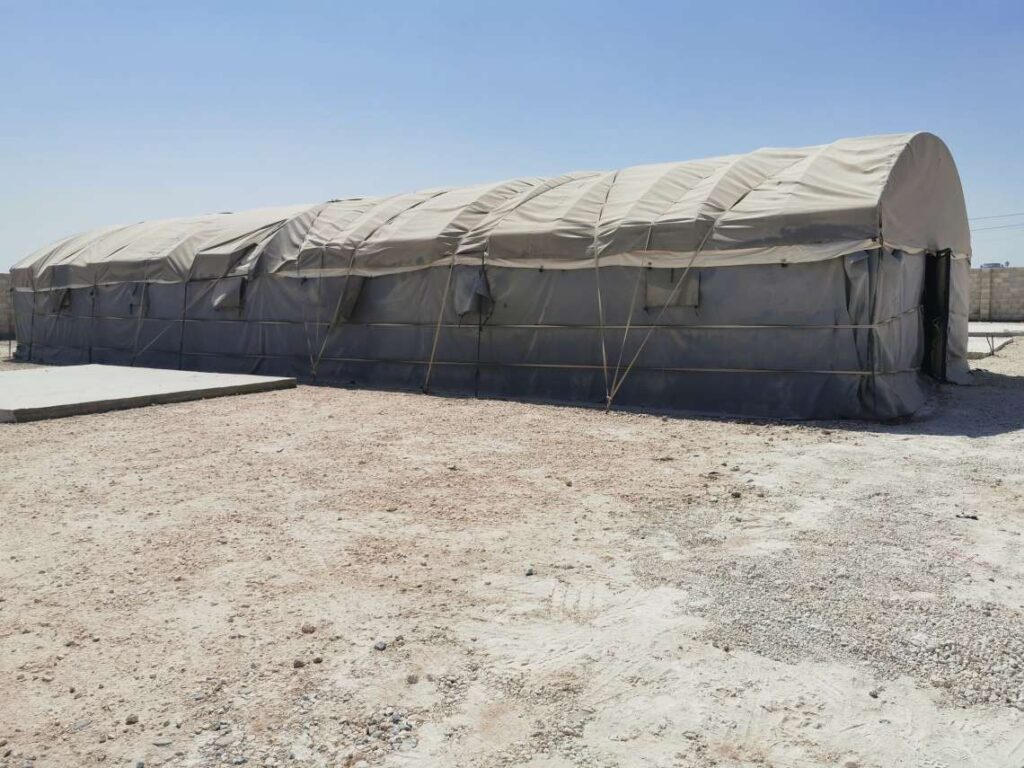
The isolation area provides a temperature-controlled environment with access to electricity, clean water, and hot meals
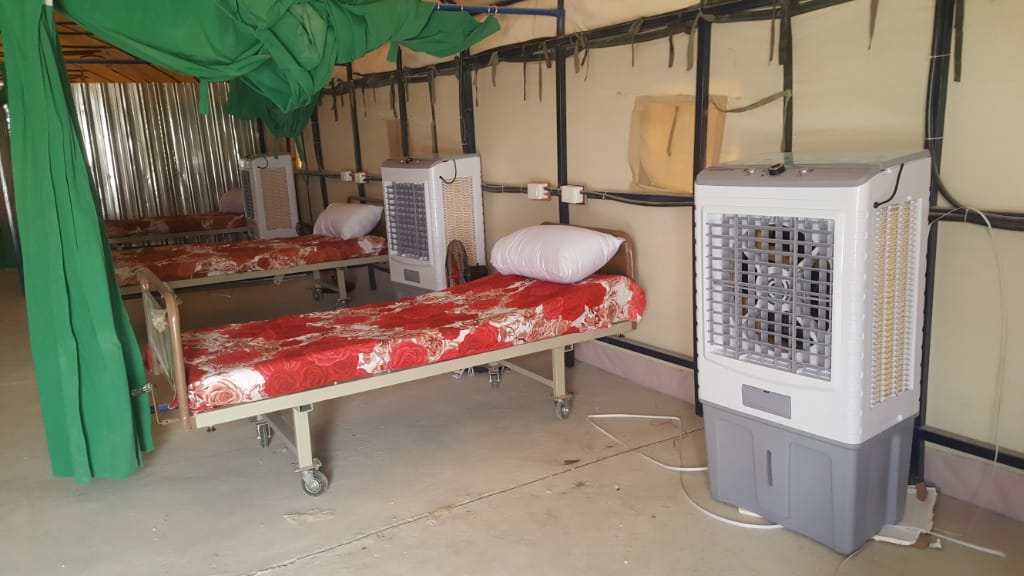
Each bed is equipped with its own fan and air filtration system
Established in July 2020, the isolation area is separated from the general camp community and includes tents, beds, and electric generators. Blumont worked with camp leadership and health partners to ensure that the space met all medical and sanitation needs, including access to water and hygiene. Protocols were put in place for sanitization and staff working in the area, including cleaners, caregivers, guards, and others, received COVID-19 safety training and personal protective equipment.
Adnan from the Kurdish Red Crescent noted, “In the beginning, there was fear regarding how to deal with cases and the feasibility of an isolation area, but after these impressive results, this area has become a cornerstone of the camp and a safety valve to prevent widespread transmission.”
Anyone who may have been exposed to COVID-19 is referred to the isolation area, where they stay while awaiting test results. Those who test positive are kept in isolation for at least 14 additional days to receive regular care. Cases requiring additional medical treatment are referred to local hospitals.
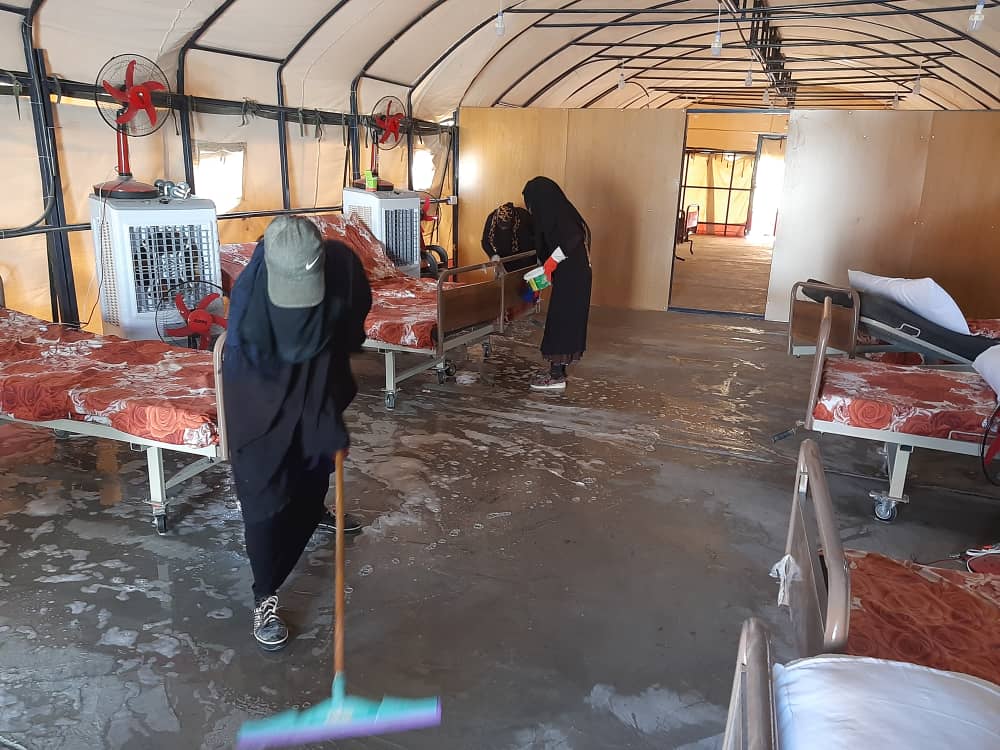
Workers sanitize the isolation unit daily following health protocols
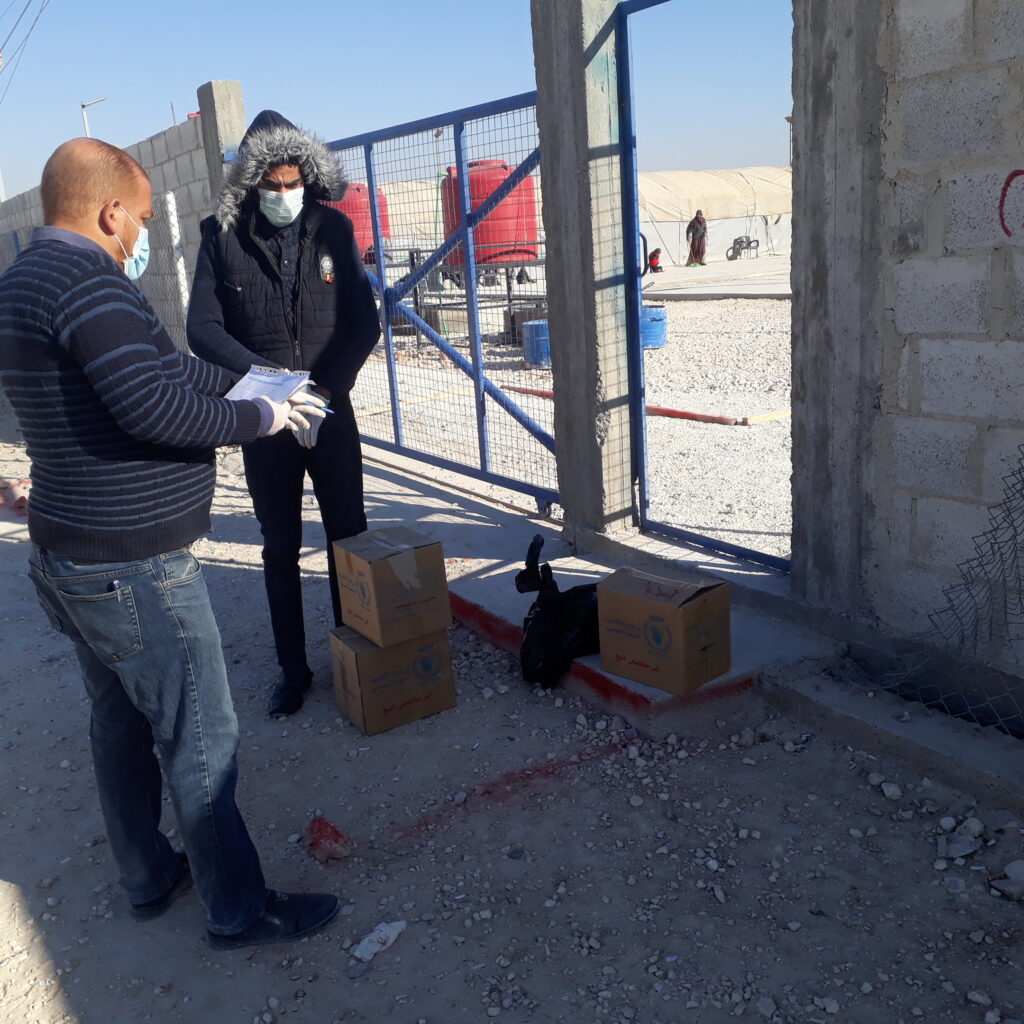
Daily ready-to-eat meals are delivered to the patients staying in the isolation area
Hanadi, Ibrahim, and their son Laith all tested positive for COVID-19 and remained in isolation during recovery.
“I was very afraid of this disease,” said Hanadi. “Thank God, I recovered and finally realized the benefit of the isolation area. I protected my other family members and my neighbors from infection, and all the services were good. I only suffered from being apart from my community and was eager to see them again.”
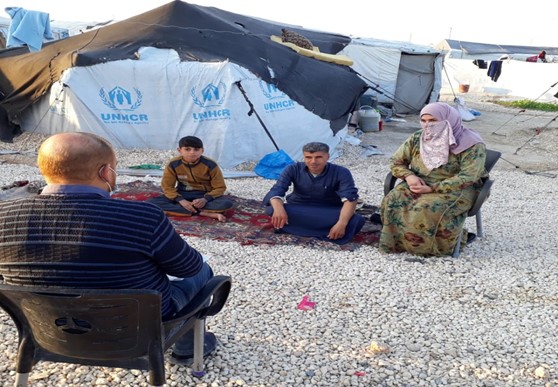
Follow-up with Hanadi and his family after their departure from the isolation area
As the pandemic continues, the isolation area is central to a strong response against COVID-19. Within six months of its construction, more than 30 cases were referred to the isolation area – 14 of which tested positive and remained in the unit where they fully recovered before returning to their homes. Coordinated efforts will continue to help mitigate the risks and support the health and well-being of camp residents.
***
READ MORE
Virtual Learning Keeps Students Engaged
A Community Approach to Health
Awareness Campaign Protects Displaced People Against COVID-19
Youth Transform their Community through Social Media



